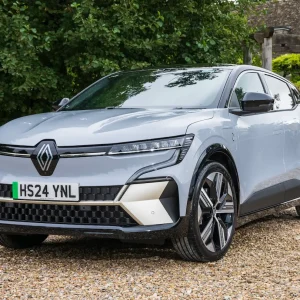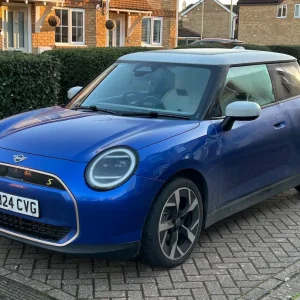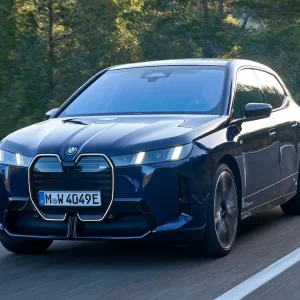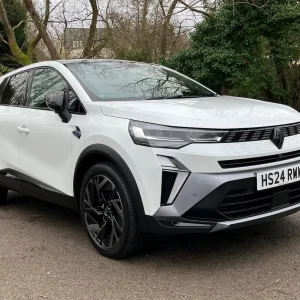Like a pub at last orders on a Friday night, it’s getting pretty busy in the crossover market. When the Renault Kadjar arrived on our fleet in the spring it was the new face, but now there’s the second-generation Peugeot 3008, the revised Suzuki S-cross and the new Seat Ateca, all waving £20 notes to attract the barman’s attention.
What was once an alternative to a traditional family hatchback has become the new mainstream. But that doesn’t seem to have dented the category’s popularity with fleets or company car drivers.
Sales-wise, the Kadjar hasn’t matched its close relative, the Nissan Qashqai, which continues to outsell all rivals.
If the Renault was the car to topple the Qashqai from the sales top spot it would have done so by now. But after eight months living with our long-termer I still think it’s a very capable crossover.
Recently, I’ve had the chance to compare it with the Kia Sportage, the crossover that was closest to Nissan’s Qashqai and Juke in October’s sales charts.
On looks, the Kadjar wins hands down. There’s something awkward about the Kia’s wide gaping mouth and its long and narrow headlights. The Kadjar is a much more harmonious design.
To drive, the Kia feels sharper than the Qashqai, with less rubbery steering and a more positive and precise manual gearbox. The car I drove was a 2.0-litre 4×4, so not a direct comparison with our 1.5-litre two-wheel drive Kadjar.
To be honest, I’m happy enough with the relatively steady performance of the Renault so I didn’t miss the Kia’s extra poke when the test ended.
Sometimes the Kadjar is a little firm over sharp bumps, but overall it rides with more finesse than the rather stiff Sportage, although road noise is better suppressed in the Kia.
In terms of interior space there’s not much between them. The Sportage has a 503-litre boot, though, 31 litres more than the Kadjar.
It goes to show how evenly matched and competitive this class is. The Kadjar may not be a clear class-leader, but it is up with the best of them.





